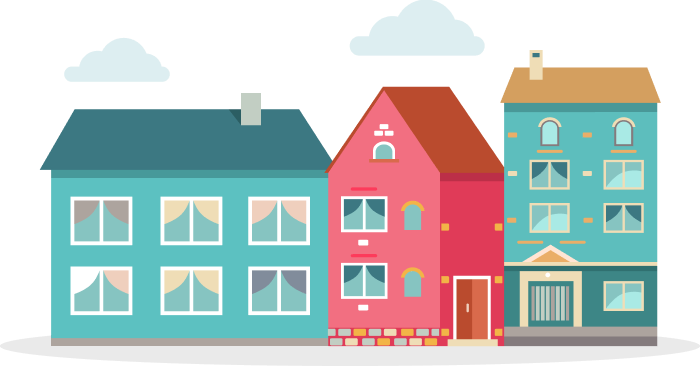Greensboro
We did the research. Find a place to call home.
B+
Quality of Life Score
Greensboro Information
305,293
Total Population
45%
Married Persons
55%
Single Persons

7/10
City Rating
City ratings are often based on a variety of factors including quality of life, economic opportunities, safety, education, and more. A rating of 7 or higher might suggest a city with a relatively high quality of life and desirable living conditions. A rating below 5 might indicate challenges or lower overall satisfaction.
7/10
Overall Value
This is a broader rating that takes into account multiple factors affecting the overall appeal of a city. Ratings above 7 might indicate a highly attractive city, while those below 5 might suggest areas for improvement.
10/10
Density (Population per mile²)
City density refers to the concentration of people living within a city's geographic area. It is typically expressed as the number of residents per square mile or square kilometer. Higher density indicates that more people live in a given area, leading to potentially busier streets, more crowded living conditions, and increased access to amenities and services.
1600
Greensboro
260,000
Reno
City Info
Greensboro, North Carolina, is the third most populous city in the state, with a projected population of approximately 305,293 in 2025. It is a diverse and growing city known for its vibrant arts scene, higher education institutions like UNC Greensboro, and a strong economy driven by manufacturing, healthcare, and education sectors. Greensboro has experienced steady growth, with a current annual growth rate of about 0.65%.
Residence
30% (Homes Rented)

20 Years
Median Home Age
$290,000
Median Home Price
4.5%
Home Aappreciation Rate
1.2%
Annual Property Tax
Weather
75%
Sun
15%
Rain
15%
snow
Residence
Greensboro offers a mix of historic and new housing options, with affordable prices and steady appreciation. The city experiences four seasons, with hot summers and mild winters.
Community
6
Crime Rate (per 100,000)
Democratic
Political Majority
24.1
Average Age
Community
Greensboro is a culturally diverse community with a significant Black population (42.17%) and a growing Hispanic community (10.5%). The city is known for its inclusive atmosphere, active civic engagement, and vibrant arts and cultural scene.
Locale

Occupation
25%
Management, Business, Art & Sciences
20%
Sales & Office Occupations
15%
Service Occupations
15%
Production, Transportation & Material Moving
5%
Natural Resources, Construction & Maintenance
Education
1:20
Student Teacher Ratio
25%
High School Diploma
30%
Some College or Associates Degree
15%
Bachelors Degree
10%
Graduate or Professional Degree
Locale
Greensboro's economy is supported by education, healthcare, manufacturing, and retail sectors. The city is home to several colleges and universities, contributing to a highly educated workforce and a vibrant cultural scene.
Transit
27%
Public Transportation
70%
Car
10%
Carpool
10%
Work At Home
Transit
Greensboro has a reliable bus system, with ongoing improvements to support efficient travel within the city and surrounding areas. Its moderate size and growing infrastructure help reduce commute times and traffic congestion.


